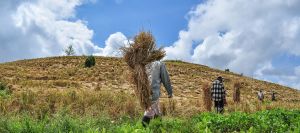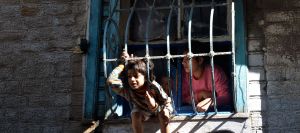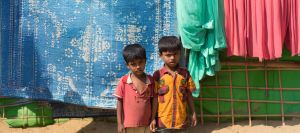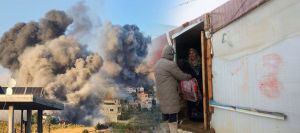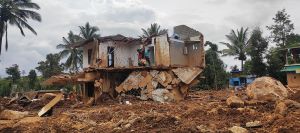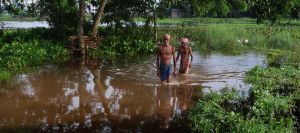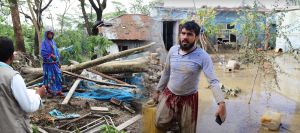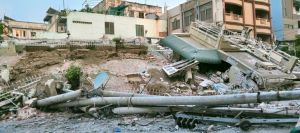
Myanmar Earthquake Relief
On 28 March 2025, at 12:50 local time, Myanmar was struck by a 7.7-magnitude earthquake. The epicenter, located at a depth of 10 km, was approximately 16 km north-northwest of Sagaing City and 19 km northwest of Mandalay City, Myanmar’s second-largest city. Following the initial quake, Myanmar has experienced at least 13 aftershocks, ranging in magnitude from 4.3 to 6.7. As of 30 March, the military government said the death toll had reached 1,700, with 3,400 individuals injured and over 300 people reported missing. The UN has stated that hospitals in the most severely affected regions of Myanmar are struggling to meet urgent medical needs. Additionally, some residents expressed concerns about the lack of government assistance and the


